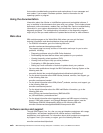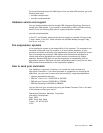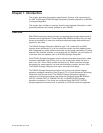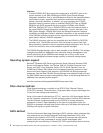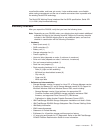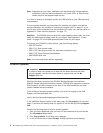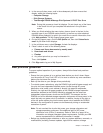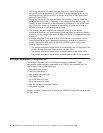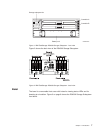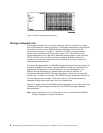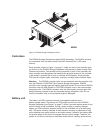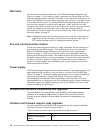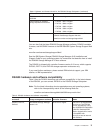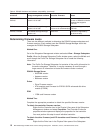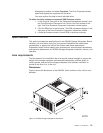
partitioning definitions, hardware changes, and so on), save the storage
subsystem profile as explained in the DS4000 Storage Manager guide for your
operating system. Save the profile in a location other than in the logical drives
created for the DS4500.
v During any maintenance or attended power-up procedure, carefully follow the
power-up sequence listed in “Powering on the storage subsystem” on page 119.
Check that each component of the subsystem is powered-on in the proper order
during this entire power-up procedure to ensure the controller will be able to
optimally access all of your storage subsystems.
v The storage subsystem supports simultaneous power-up to the system
components; however, you should always follow the power-up sequence listed in
“Powering on the storage subsystem” on page 119 during any attended power-up
procedure.
v A storage subsystem in an optimal state should recover automatically from an
unexpected shutdown and unattended simultaneous restoration of power to
system components. After power is restored, call IBM support if any of the
following conditions occur:
– The storage subsystem logical drives and subsystems are not displayed in the
DS4000 Storage Manager graphical user interface (GUI).
– The storage subsystem logical drives and subsystems do not come online.
– The storage subsystem logical drives and subsystems seem to be degraded.
Storage subsystem components
The storage subsystem has the following removable components. These
components, called customer replaceable units (CRUs), are accessible from the
front or back of the storage subsystem.
v One bezel (front cover)
v Two RAID controllers
v One storage subsystem fan
v One battery unit
v Up to four host mini hubs
v Up to four drive mini hubs
v One fan and communications module
v Two power supplies
Figure
1 on page 7 shows the front view of the DS4500 Storage Subsystem without
the front bezel.
6 IBM TotalStorage DS4500 Fibre Channel Storage Subsystem: Installation, User’s, and Maintenance Guide



